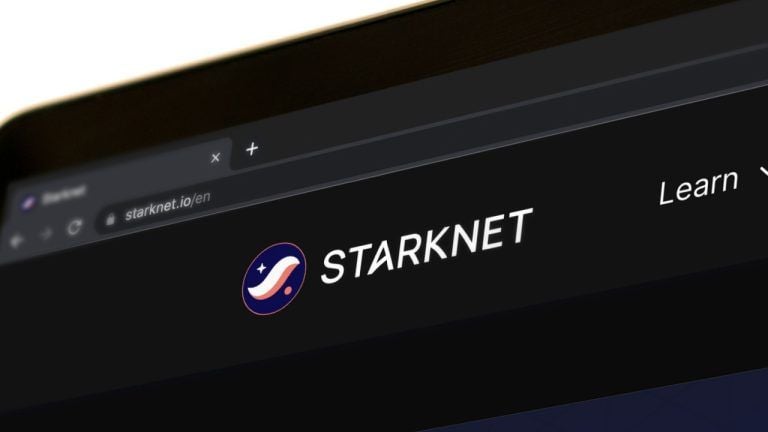ARTICLE AD BOX
Joerg Hiller Oct 28, 2024 01:33
NVIDIA SHARP introduces groundbreaking in-network computing solutions, enhancing performance in AI and scientific applications by optimizing data communication across distributed computing systems.

As AI and scientific computing continue to evolve, the need for efficient distributed computing systems has become paramount. These systems, which handle computations too large for a single machine, rely heavily on efficient communication between thousands of compute engines, such as CPUs and GPUs. According to NVIDIA Technical Blog, the NVIDIA Scalable Hierarchical Aggregation and Reduction Protocol (SHARP) is a groundbreaking technology that addresses these challenges by implementing in-network computing solutions.
Understanding NVIDIA SHARP
In traditional distributed computing, collective communications such as all-reduce, broadcast, and gather operations are essential for synchronizing model parameters across nodes. However, these processes can become bottlenecks due to latency, bandwidth limitations, synchronization overhead, and network contention. NVIDIA SHARP addresses these issues by migrating the responsibility of managing these communications from servers to the switch fabric.
By offloading operations like all-reduce and broadcast to the network switches, SHARP significantly reduces data transfer and minimizes server jitter, resulting in enhanced performance. The technology is integrated into NVIDIA InfiniBand networks, enabling the network fabric to perform reductions directly, thereby optimizing data flow and improving application performance.
Generational Advancements
Since its inception, SHARP has undergone significant advancements. The first generation, SHARPv1, focused on small-message reduction operations for scientific computing applications. It was quickly adopted by leading Message Passing Interface (MPI) libraries, demonstrating substantial performance improvements.
The second generation, SHARPv2, expanded support to AI workloads, enhancing scalability and flexibility. It introduced large message reduction operations, supporting complex data types and aggregation operations. SHARPv2 demonstrated a 17% increase in BERT training performance, showcasing its effectiveness in AI applications.
Most recently, SHARPv3 was introduced with the NVIDIA Quantum-2 NDR 400G InfiniBand platform. This latest iteration supports multi-tenant in-network computing, allowing multiple AI workloads to run in parallel, further boosting performance and reducing AllReduce latency.
Impact on AI and Scientific Computing
SHARP's integration with the NVIDIA Collective Communication Library (NCCL) has been transformative for distributed AI training frameworks. By eliminating the need for data copying during collective operations, SHARP enhances efficiency and scalability, making it a critical component in optimizing AI and scientific computing workloads.
As SHARP technology continues to evolve, its impact on distributed computing applications becomes increasingly evident. High-performance computing centers and AI supercomputers leverage SHARP to gain a competitive edge, achieving 10-20% performance improvements across AI workloads.
Looking Ahead: SHARPv4
The upcoming SHARPv4 promises to deliver even greater advancements with the introduction of new algorithms supporting a wider range of collective communications. Set to be released with the NVIDIA Quantum-X800 XDR InfiniBand switch platforms, SHARPv4 represents the next frontier in in-network computing.
For more insights into NVIDIA SHARP and its applications, visit the full article on the NVIDIA Technical Blog.
Image source: Shutterstock










 English (US) ·
English (US) ·